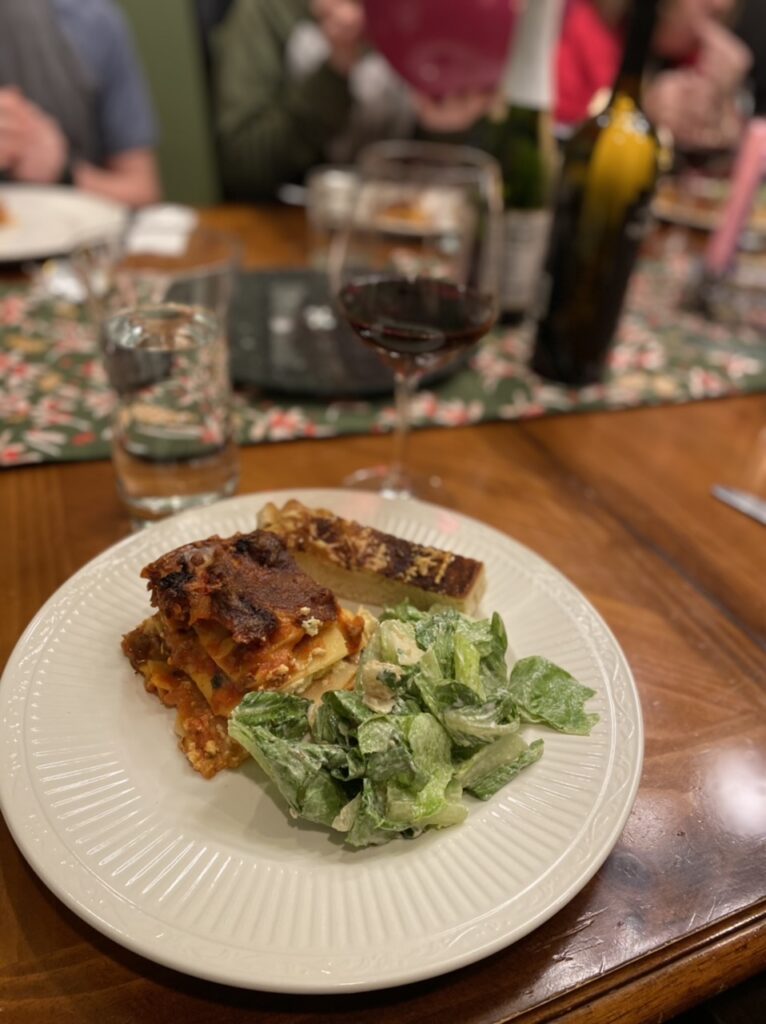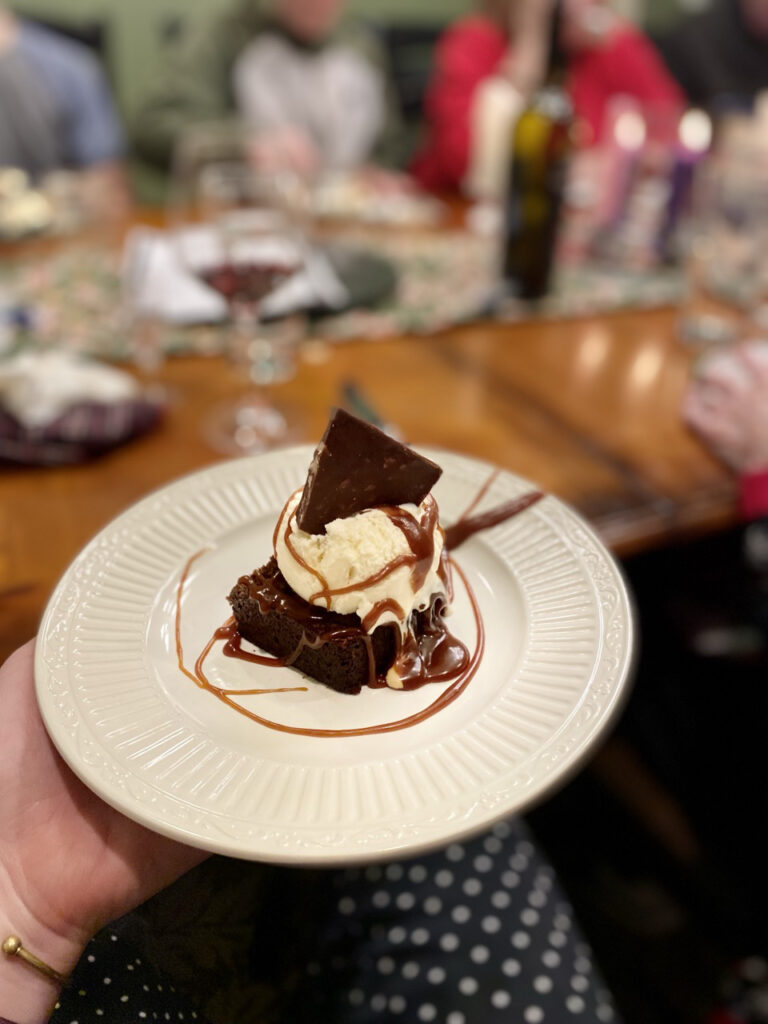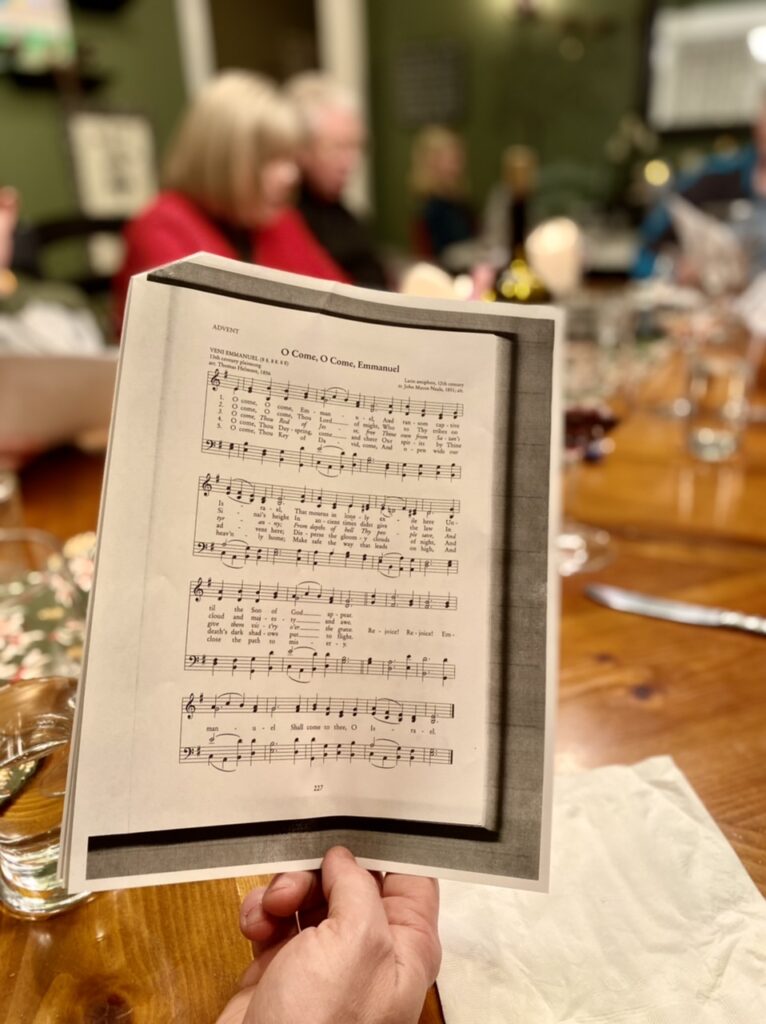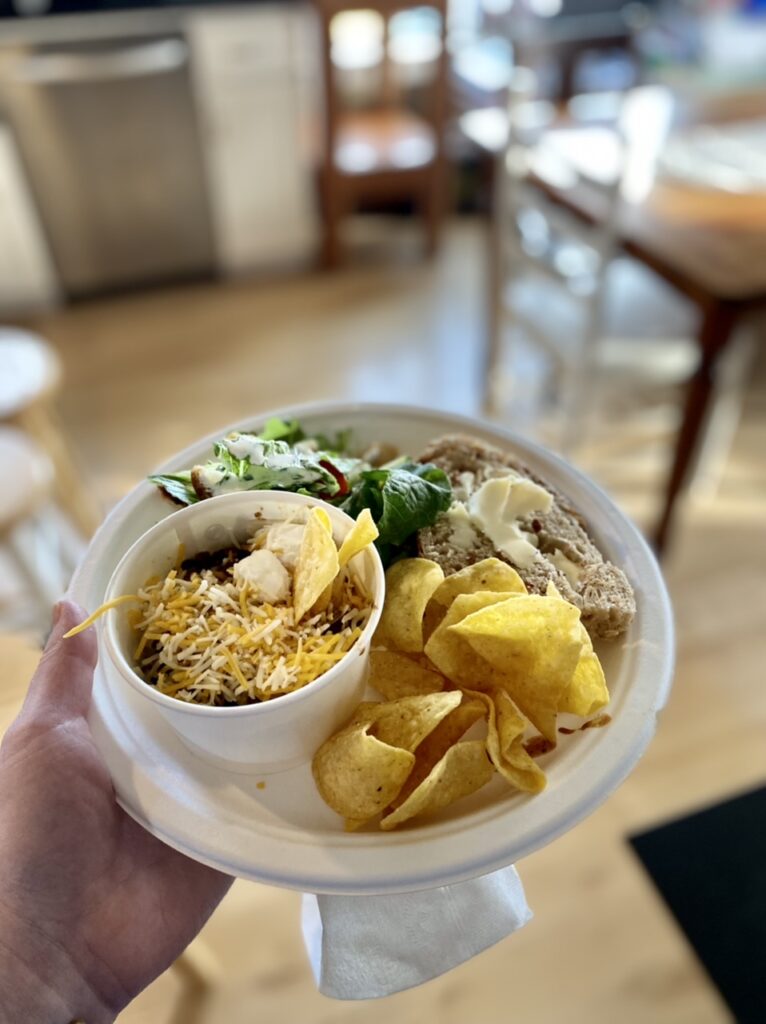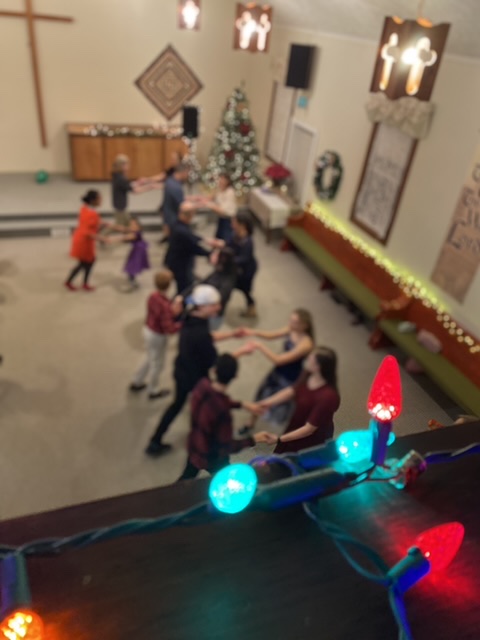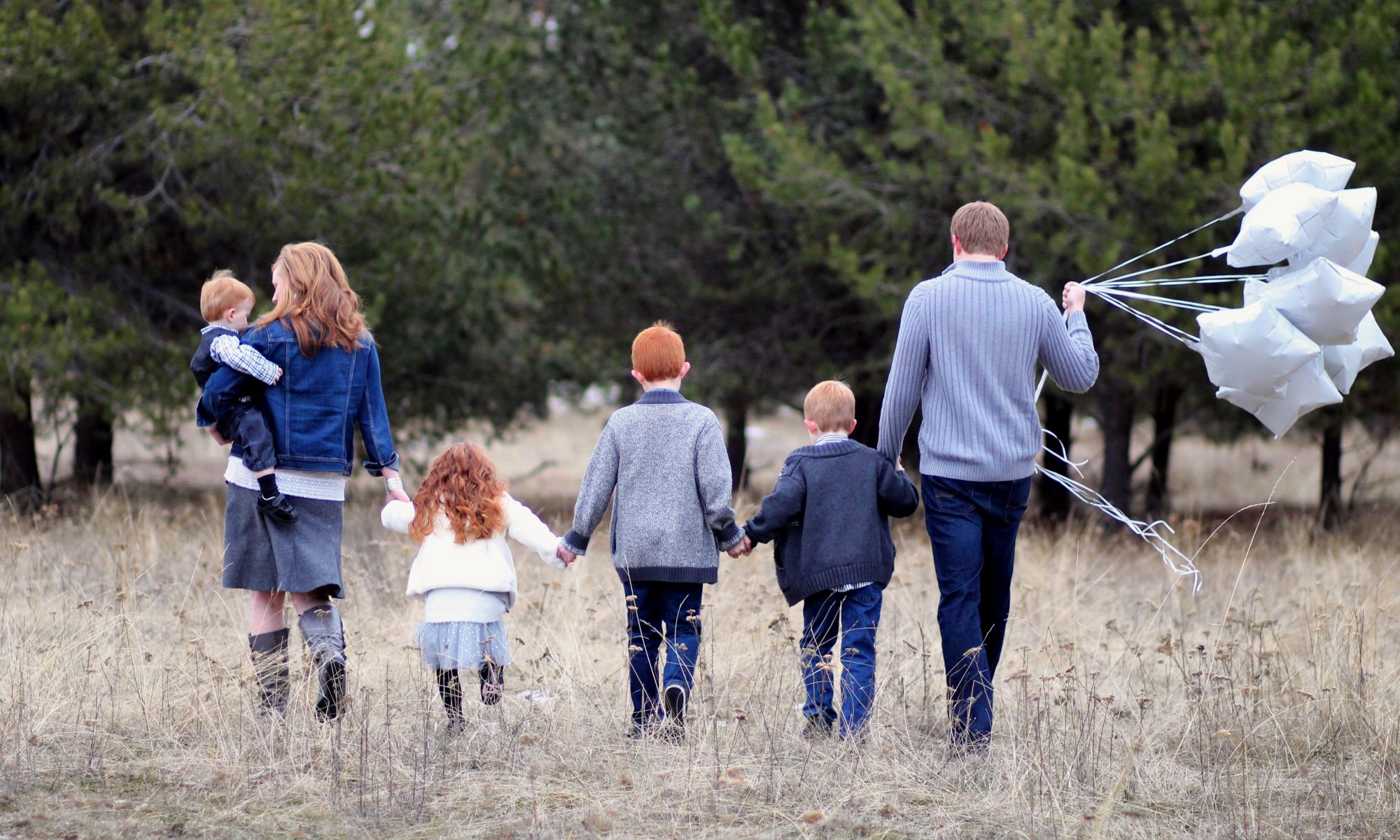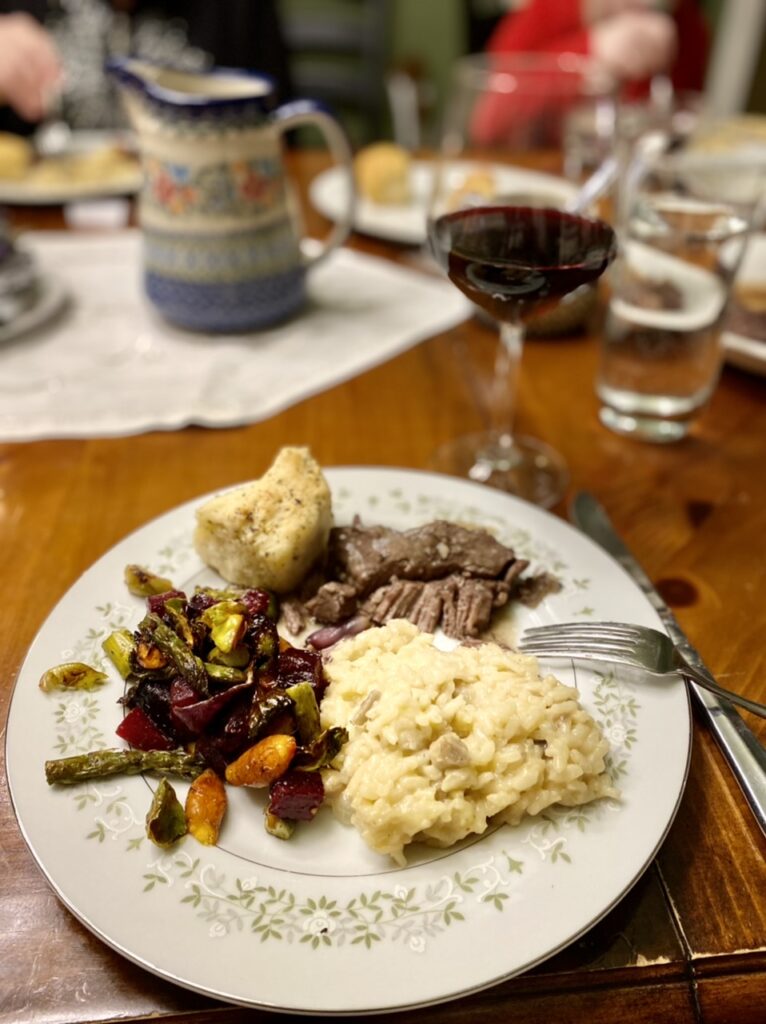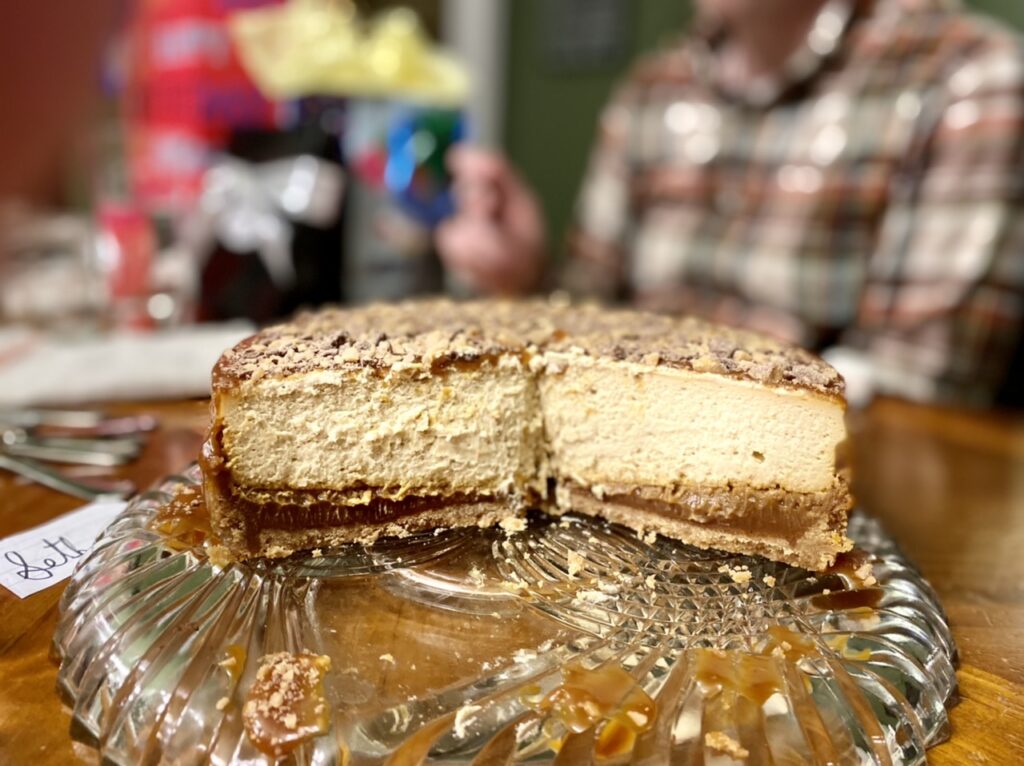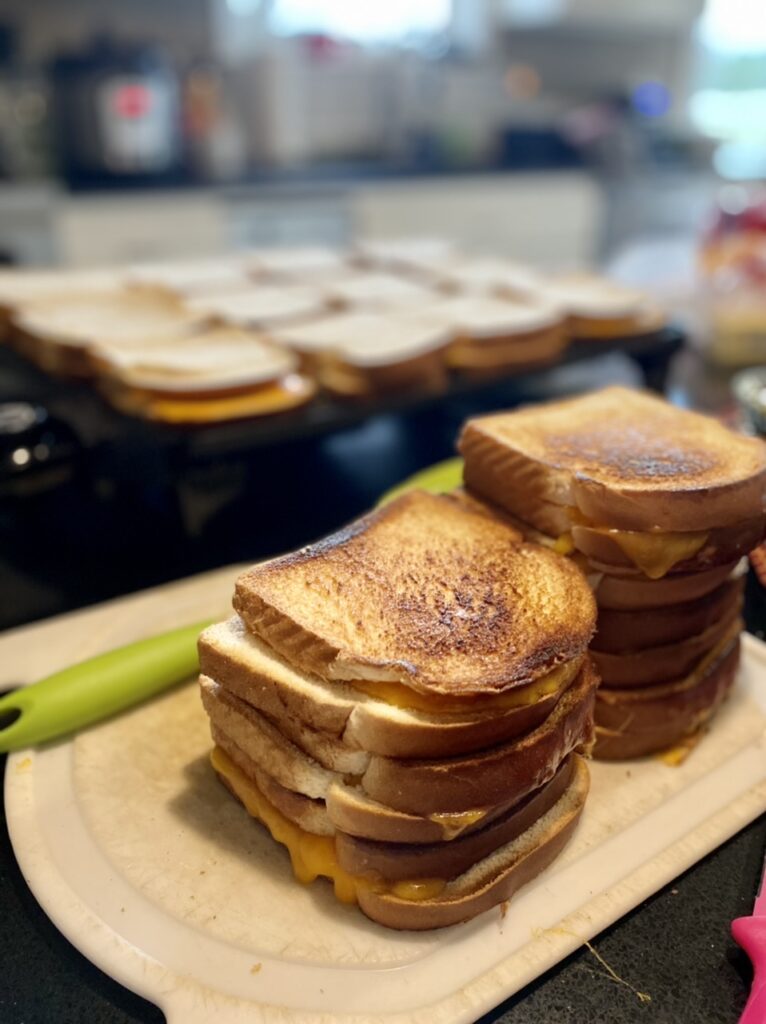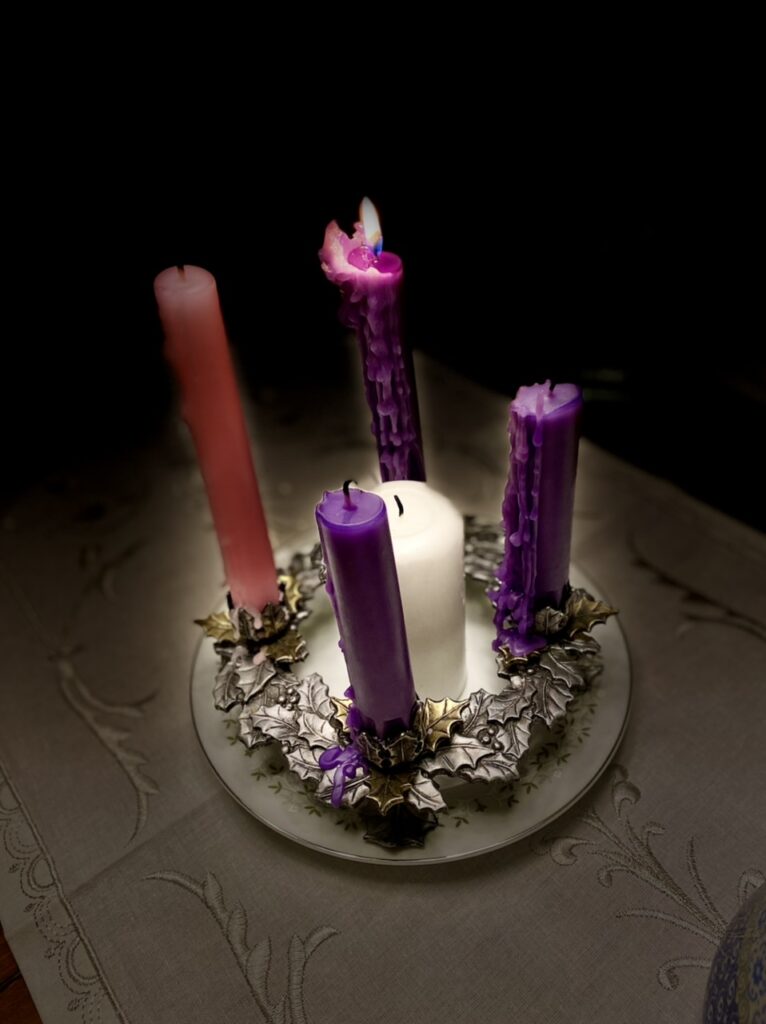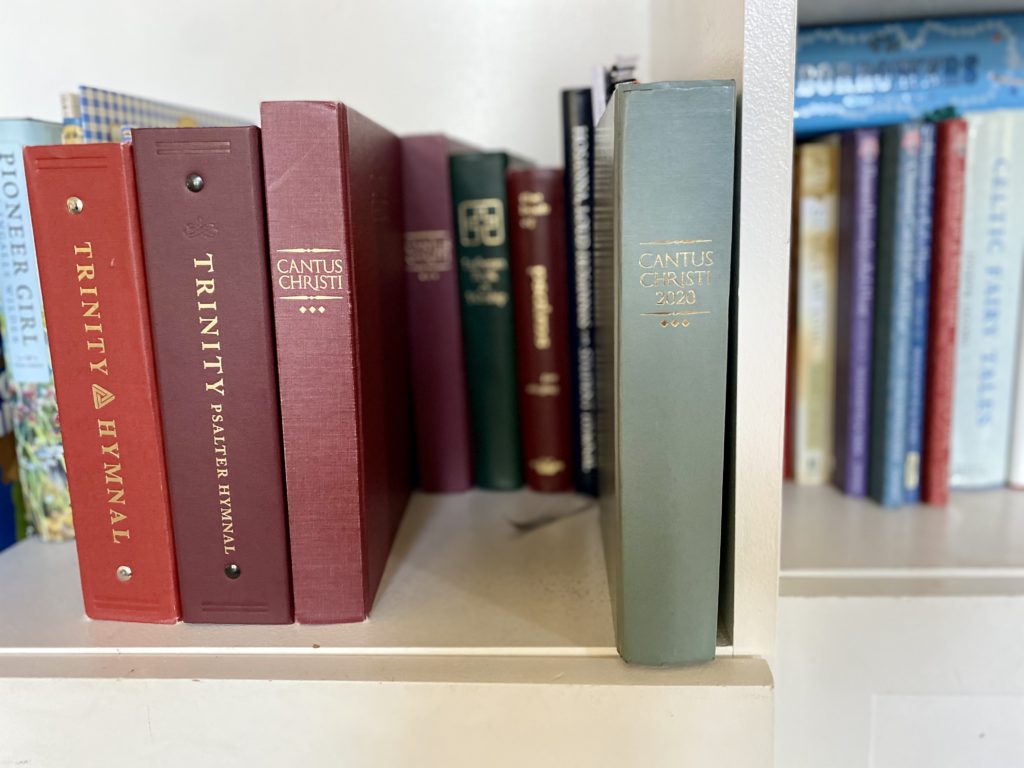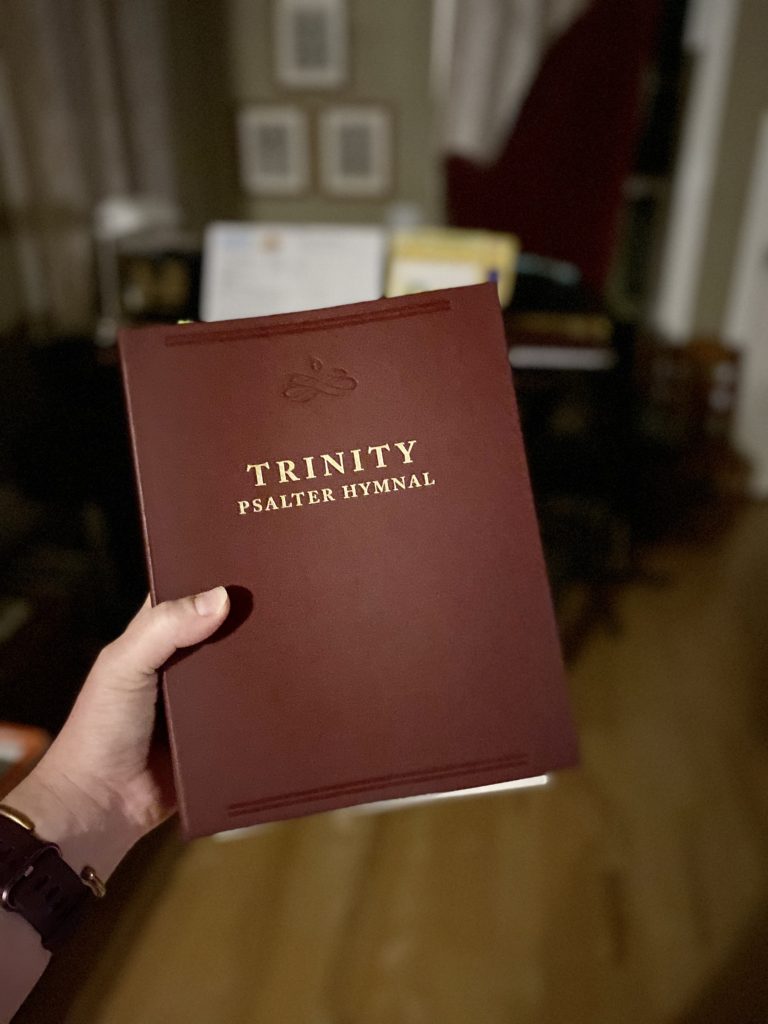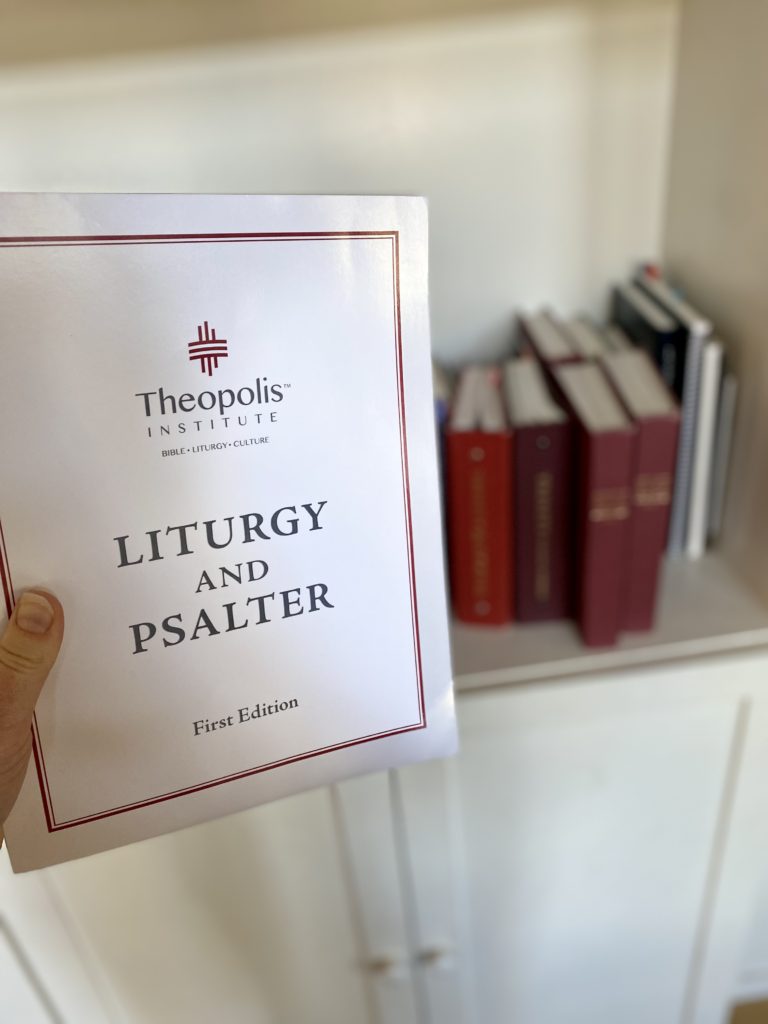After contemplating God as the ultimate Artist last week, I was intrigued with the idea of God as the ultimate Architect this week. Someone who is very methodical, mathematical, organized, precise. Someone who knows about building and fortifying and anchoring.
What is an architect?? A brief definition is that an architect is the person who plans, designs, and oversees the construction of a building. Last week, we pondered God as an artist in the context of Genesis chapter 1—so let’s briefly think about that chapter again, envisioning God as an architect.
God divided light from darkness, waters from firmament, waters from other waters, and gave names to each thing, like an architect might divide rooms with lines on a blueprint or framing during the building process, and different rooms are assigned different names for their different purposes. Dividing “kitchen” from “bathroom” from “bedroom” are helpful distinctions. He also gathered some things together into one place, like someone might organize their building supplies, putting like items together. Bricks here, planks there, pipes in another place. And then He added depth and layers. Have you seen how a blueprint does that? Makes a simple 2-D sketch suddenly have a 3-D aspect? God adds trees and flowers and vegetation… and they carry seeds within them so they can continually reproduce and fill the earth. God planned where to put lights, and organized them to bless the space they illuminated. Just like an architect places canned lighting and chandeliers and sconces around their design to illuminate and accentuate particular places in their work.
Without going ad nauseum through the early chapters of Genesis, I think you can see how God shows characteristics of an architect. Dividing and lining up and saying how far to go, adding character and light and depth, naming places and describing what their uses will be so that their purpose can be not only obvious but also fulfilled. God was intent upon creating a good work, and indeed He called it very good upon His completion.
Interestingly, when I searched online for something about “God as a great architect,” the top hits were actually Hindi, Mason, and Mormon—I really wasn’t quite sure what to do with that. The idea of the Creator of the universe, of all things both massive and miniscule, using aesthetic and mathematic, logically and artistically bringing order out of chaos, building foundations and erecting heights—just think about the redwoods along the coast of California and the layers of rock down the sheer cliffs of the Grand Canyon—what could be more foundationally Christian than recognizing our Creator as an architect?
So are there places to see in Scripture where God is referred to in this way? Of course there are!
Hebrews 11:10 calls Him the builder and maker of the city which has foundations.
Psalm 127 also describes God as the builder, without whom we labor in vain.
Hebrews 11:3 talks about the universe having been created by God, which makes me think about the aspects of architecture and building and constructing: the knowledge and wisdom that would be behind it.
In Job 38, we can read all about God’s testimony to Job, describing His creation and authority over it.
We read about God laying foundations in Psalm 102:25 and Isaiah 48:13 and Hebrews 1:10.
In John 14, we see Jesus talking about His Father’s house with many mansions, and He goes to prepare a place for His people.
So he lays foundations, he builds, He fortifies, He prepares places. Therefore, while nowhere can I find God specifically called an architect, when we remember the definition of an architect being that of a person who plans, designs, and oversees the construction of a building—that is absolutely something that God has done, and does. He is the greatest Architect.
Calling God the great architect of the universe is actually a conception discussed throughout centuries by theologians and apologists. Science, especially geometry and astronomy, were linked to the divine for medieval scholars, because of the geometric and harmonic principles found there. They believed that to seek knowledge on those things was a way to seek and worship God. Thomas Aquinas said that “God, Who is the first principle of all things, may be compared to things created as the architect is to things designed.” In Calvin’s Institutes, John Calvin repeatedly calls God “the Architect of the Universe,” particularly when commentating on Psalm 19—“the heavens declare the glory of God and the firmament shows His handiwork. Day unto day utters speech and night unto night reveals knowledge. There is no speech nor language where their voice is not heard. Their line has gone out through all the earth, and their words to the end of the world. In them He has set a tabernacle for the sun, which is like a bridegroom coming out of his chamber, and rejoices like a strong man to run its race. Its rising is from one end of heaven, and its circuit to the other end; and there is nothing hidden from its heat.” (vv1-6)
Colossians 1:17 says, “He is before all things, and in Him all things hold together.” It is His genius that not only displays the artistic side of creation but also the engineering, mathematical, tangible side. He didn’t just throw planets and comets and galaxies across the blank canvas when He created solar systems. He put order and logic into the plan. His works are measured, calculated, precise, exact.
Creation Magazine said that our sun is a star in the Milky Way Galaxy, which is a spiral galaxy (there are three types: elliptical, irregular, and spiral). Astronomers estimate the Milky Way is made of over 100 billion stars! And our solar system is ideally placed in one of the arms. If we were too close to the center, we would be swallowed by a massive black hole. If we were somewhere else on the arm of the galaxy, we could be in danger of colliding with other stars. And our stable sun, our special star, is exactly specifically created to bless: it is the right color (white), because if it were red, it would be much cooler and its light could not give plants the energy they need. If it were blue, it would be hotter and emit dangerous radiation. God also has our planet orbit precisely far enough so the oceans don’t boil yet close enough to the sun so they don’t freeze.
We can witness so much of God’s majesty by looking at the things He has created. The blueprints He designed, which He has used millions upon millions of times over, are marvelous. Every snail shell, every toenail, every oak leaf, every sunflower seed, every mountain crag, every tree trunk, every honeycomb, every embryo.
Job 38 is one of the most beautiful Scriptural expressions of God as Creator, as Architect. Here are verses 4-13:
“Where were you when I laid the foundations of the earth?
Tell Me, if you have understanding.
Who determined its measurements?
Surely you know!
Or who stretched the line upon it?
To what were its foundations fastened?
Or who laid its cornerstone,
When the morning stars sang together,
And all the sons of God shouted for joy?
“Or who shut in the sea with doors,
When it burst forth and issued from the womb;
When I made the clouds its garment,
And thick darkness its swaddling band;
When I fixed My limit for it,
And set bars and doors;
When I said,
‘This far you may come, but no farther,
And here your proud waves must stop!’
“Have you commanded the morning since your days began,
And caused the dawn to know its place,
That it might take hold of the ends of the earth,
And the wicked be shaken out of it?”
God laid the foundations, determined the measurements, stretched lines and fastened foundations, laid the cornerstone. He shut the sea in with doors, fixing a limit for it, using bars and doors to precisely keep the waves and tides in their place. He commands the sun so that dawn knows where to be and when. This should make us tremble with awe and wonder and praise.
Romans 1:20 tells us that nobody has an excuse not to know God, to see His handiwork, to recognize His power and authority and workmanship and design. We can look at the stars or the insects or the mountains or the tides or the path of the sun, and clearly perceive the hand of the Lord at work.
My encouragement for you today is to look around you and see the Hand of God in the order and mathematics and lines and strength and measurements and glory of creation around you. And then, as a bearer of His image, replicate to the best of your ability and imitate your Father in heaven when you figure math problems and sketch castles and plant seeds and write essays. Divide things, name things, give structure to things. Bring order out of chaos and build upon Him as your strong foundation. He is Your fortress, the mightiest structure of all.

